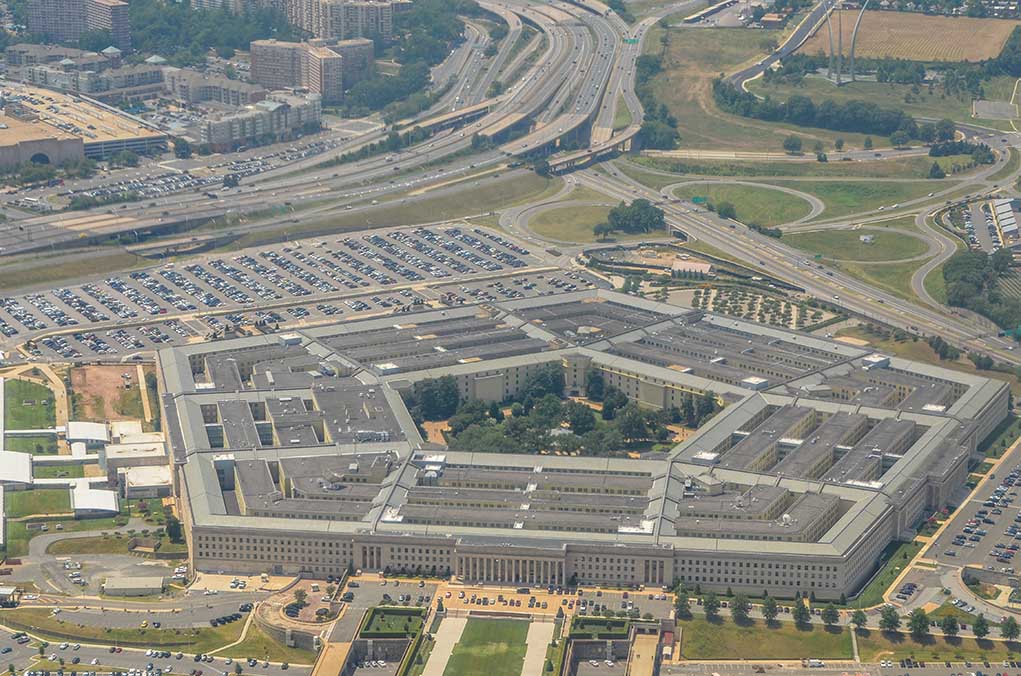The Pentagon’s $1 billion Replicator Initiative aims to produce thousands of drones by 2025, creating an “unmanned hellscape” to deter Chinese aggression in the Taiwan Strait.
Pentagon’s Drone Strategy to Counter China
The U.S. Department of Defense is actively enhancing its drone production capabilities as part of a strategic initiative to counter China’s growing military influence, particularly in the Taiwan Strait. The Pentagon has launched a $1 billion Replicator Initiative, aiming to produce thousands of drones by August 2025. This aggressive push comes as tensions with China continue to escalate, presenting a potential threat to U.S. interests in the region.
Drones are truly an asymmetric, game-changing technology—and the Pentagon plans to produce possibly millions of them. @FactsMatterRB brings us the details. pic.twitter.com/1Mke59XPPc
— EpochTV (@EpochTV) February 20, 2025
Admiral Samuel Paparo, a key figure in this strategy, has described the plan as turning the Taiwan Strait into an “unmanned hellscape.” The goal is to deploy many drones to delay a potential Chinese attack, providing crucial time for U.S. and allied forces to respond effectively.
“I want to turn the Taiwan Strait into an unmanned hellscape using a number of classified capabilities, so that I can make their lives utterly miserable for a month, which buys me the time for the rest of everything.” – Navy Admiral Samuel Paparo.
"The Pentagon will deploy thousands of drones and unmanned ships in next years to counter China's numerical advantage in ships, missiles, and the military, as drones are cheaper, safer, and faster"
TBH, Americans should not complete China on who has more and cheaper drones.… pic.twitter.com/sI3aQMmkaU
— DaiWW (@BeijingDai) August 30, 2023
China’s Drone Capabilities and U.S. Response
China, the world’s largest commercial drone manufacturer, has rapidly expanded its military drone capabilities. According to Michael Raska, an expert on the subject, “China’s military is developing more than 50 types of drones with varying capabilities, amassing a fleet of tens of thousands of drones, potentially 10 times larger than Taiwan and the U.S. combined.” This significant drone production and deployment advantage has put pressure on the U.S. to accelerate its drone program.
“China has essentially copied all of the large and medium high-altitude drones the US has and produced what amount to cheaper versions of the MQ-9 Reaper or the [RQ-4] Global Hawk.” – Stacie Pettyjohn.
In response, the U.S. military aims to counter China’s advantage by producing and deploying autonomous drone swarms for various military functions. These include intelligence, surveillance, reconnaissance, and guiding missiles. The strategy involves using high-end and low-cost drone systems to create a diverse and flexible unmanned aerial vehicles (UAVs) fleet.
Challenges and Future Developments
While the U.S. is making significant strides in drone technology, challenges remain. A senior defense official stated, “They’re continuing to improve their capabilities, but we would not assess that they have caught up with or surpassed the U.S. Air Force.” However, the Pentagon report acknowledges that China’s unmanned aerial vehicle capabilities are rapidly catching up to U.S. advancements.
One of the main challenges for the U.S. is the defense industrial base’s capacity to produce the necessary quantities of drones. The report recommends fostering commercial and military drone production to scale and create surge capacity to address this.
“The benefits of unmanned systems are that you get cheap, disposable mass that’s low cost. If a drone gets shot down, the only people who are crying about it are the accountants. You can use them at large amounts of scale and overwhelm your opponents as well as degrade their defensive capabilities.” – Zachary Kallenborn.
Looking ahead, both the U.S. and China are focusing on integrating artificial intelligence (AI) and machine learning into their drone warfare capabilities. By 2030, China’s People’s Liberation Army (PLA) aims to field ‘algorithmic warfare’ and ‘network-centric warfare’ capabilities with AI integration, enhancing information, surveillance, reconnaissance, and precision-strike weapons.
As Admiral Christopher Grady noted, “This is just the beginning.” The race for drone supremacy between the U.S. and China is likely to intensify, shaping the future of military technology and strategy in the coming years.
Sources:
https://www.voanews.com/a/us-taiwan-china-race-to-improve-military-drone-technology/7713168.html
https://www.wired.com/story/china-taiwan-pentagon-drone-hellscape/
https://www.youtube.com/watch?v=OmztCyZD5rI

